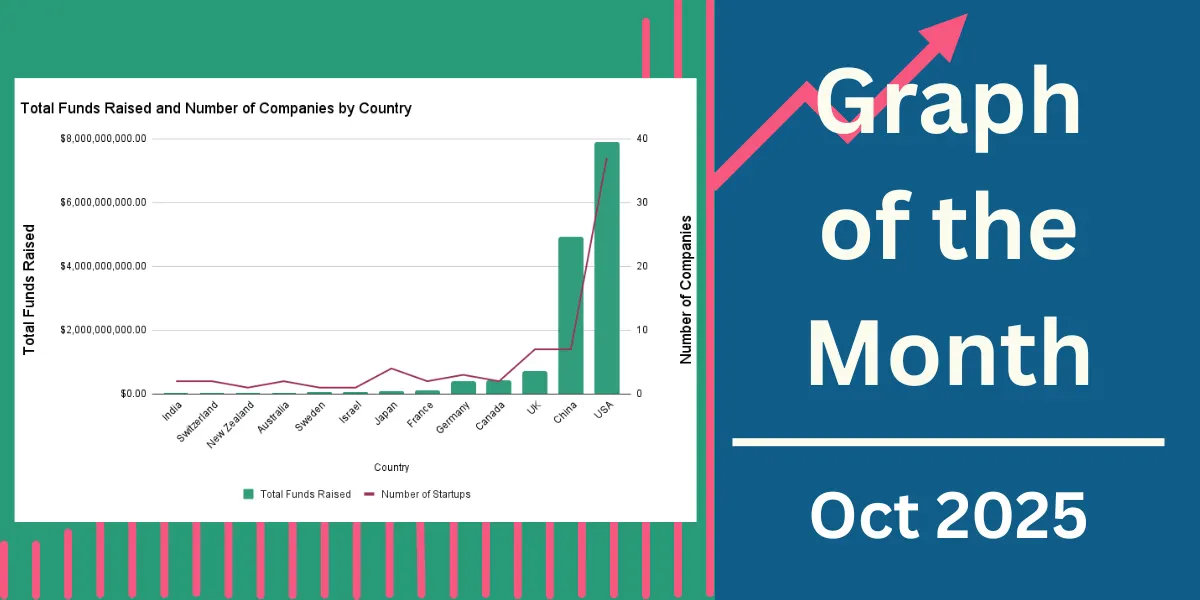FEI Monthly Round-up - October 2025
Welcome to our round-up of what’s been happening in fusion and within Fusion Energy Insights over the past month.
3 Top Fusion News Stories
Helion Lands Permit for First Commercial Fusion Plant
Helion Energy has received a Conditional Use Permit from Chelan County, Washington, to begin the next phase of construction of Orion, a 50 MW fusion power plant in Malaga. The project broke ground in July 2025 and the company hopes to become the world's first commercial fusion energy facility by 2028. Helion plans to provide electricity to Microsoft data centers under a power purchase agreement once the plant is operational. The company has raised over $1 billion and continues developing the underlying fusion technology at its Everett, WA headquarters. This regulatory milestone moves Helion closer to possibly delivering the first grid-connected fusion plant.
Gauss Fusion unveils Europe’s first full design for a commercial fusion plant (GIGA)
Gauss Fusion released its Conceptual Design Report to the German federal government. This report provides a comprehensive blueprint for their GIGA power plant, and it was unveiled days after Germany's €2bn Fusion Action Plan. The 1,000+ page report covers all critical plant systems from architecture and safety to lifecycle operations and waste. It sets an order-of-magnitude cost of €15–18bn for a first-of-a-kind power plant by the mid-2040s. Detailed fusion power plant designs provide credibility to the industry, and the inclusion of costs make this design review stand out as truly comprehensive.
MIT Researchers Create Model to Prevent Plasma Disruptions in Tokamaks
A team at MIT has developed a model that combines machine learning and physics-based plasma models to predict and prevent plasma instabilities during the ramp-down phase in tokamaks. Ramp-down instabilities pose one of the biggest engineering risks to commercial fusion operations, as uncontrolled shutdowns can damage machine walls. The model, trained on experimental data from the Swiss TCV tokamak, simulates plasma behaviour as the machine ramps down and allows operators to generate safe shutdown trajectories. MIT's model demonstrates how data-driven control could reduce machine damage and reduce downtime.
FEI Premium subscribers can read our insights on all these stories in our FEI Premium space on our Circle community platform, along with all back-issues of our weekly newsletters. Sign up to our newsletter for free to get them for yourself week to week.
From Boston to Bengaluru: Fusion Startups Span the Globe
This was our industry analysis “Graph of the Month” piece this time.
Every month, our industry experts at Fusion Advisory Services pick an interesting graph from the work that has been going on at FAS—something that gives some insight into significant trends, commercialisation considerations or fusion industry development.

This month, we examined the increasing global footprint of fusion companies and the funds they have been able to raise in different countries.
This matters because fusion startups are now positioned to tap into diverse pools of private capital worldwide, and financial risk is being spread globally which makes the fusion sector more resistant to policy changes or investment slowdowns in different countries.
FEI Premium subscribers can read the full article.
Past Online Events
Rethinking IFE: First Light Fusion’s New Approach to Fusion Power (9th October)
First Light Fusion announced in September that they are back in the fusion power game and released details of their new approach, FLARE. In this Q&A session, we learned about the details of this new approach, what’s changed from previously and why they believe that this is the best option for a fusion power plant.
Read our 3 key insights from the event. The full replay is available to FEI Premium subscribers.
Looking Forward
6th-9th November: Falling Walls Science Summit in Berlin – Melanie will be moderating a plenary table on Fusion Made In Germany: Dream Or Future Reality? There is also the opportunity to attend online.
13th November, 10-11am UK time: Japanese HTS magnet development and the Helical Fusion stellarator roadmap. Q&A session with Yosuke Kubo.
Fusion magnets need to both create the magnetic fields required for fusion reactions and also operate successfully in fusion conditions (where other magnetic fields are present). Japan’s Helical Fusion recently completed a successful performance test of a high-temperature superconducting (HTS) coil under fusion-relevant magnetic conditions—the first such achievement globally. Join us to discuss the recent HTS magnet milestone and implications both for Helical Fusion and the broader fusion industry, and find out about the Japanese “heliotron” stellarator design.

